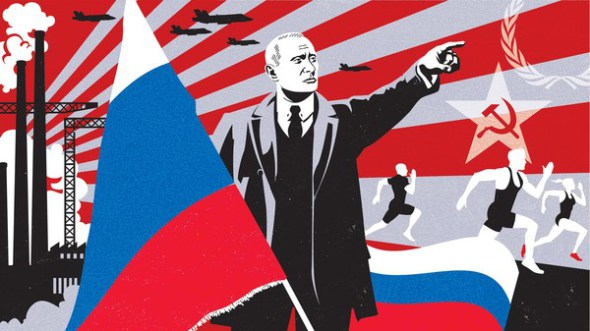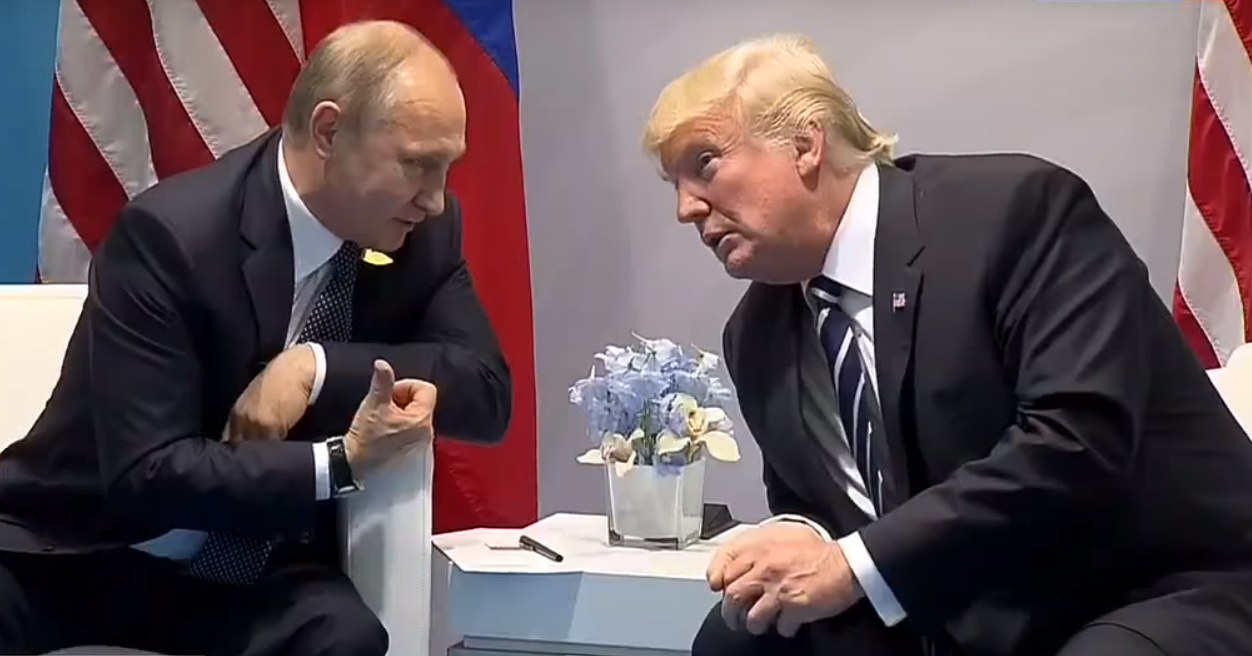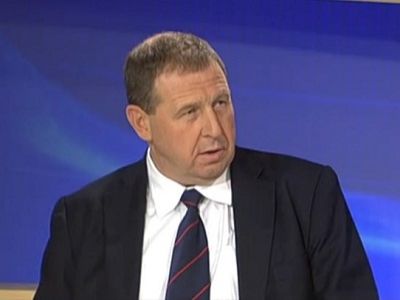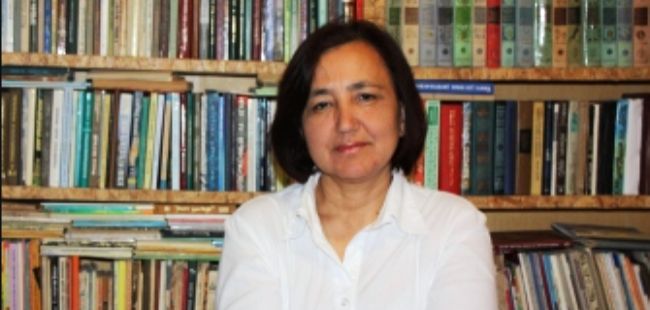The new cold war that has begun in the wake of Russia’s invasion of Ukraine does not have the formal ideological shape of its predecessor, but Vladimir Putin very much has an ideological vision, Igor Eidman says, and it is one that tragically makes it more likely that this cold war will turn into a hot one.
Underlying the first cold war was an ideological competition between “Soviet pseud-communist totalitarianism and the market democracy of Western countries,” Eidman writes, with each side convinced that it would be able to convert the other and each thus having an interest in avoiding a hot war that could destroy both.
When Nikita Khrushchev
backed down over the Cuban Missile Crisis, he did so because he believed that it would be a mistake to fight with the Americans who, according to his lights, “they would sooner or later become communists.” Other Soviet leaders made much the same calculation. Unfortunately, Vladimir Putin thinks very differently.
And what is especially interesting and even striking about these myths is how much they resemble those held by Hitler and the Nazi leadership. That is perhaps why, Eidman says, Putin and his ideologues have gone to such lengths not to put them out in any formal way because then this would be obvious to everyone.
But the content of Putin’s vision is clear if one looks close enough, he continues. One of the former advisers to Putin’s chief ideologist Vladislav Surkov said not long ago that Surkov “always was and remains a supporter of the doctrine of ‘Moscow as the Third Rome’ and considers that if a state does not expand its sphere of influence, it will begin to degrade.” From that, B. Rapoport said, Surkov is convinced that “expansion is the natural condition of a healthy state.”
Putin’s “ideology is based on conspiracy theories, a paranoid attitude toward what is taking place, ideological archaism, and a Manichean map of the world where there is a struggle taking place between the forces of good (Russia) and the forces of evil (the West),” all of which is also characteristic “for the mythology of Nazism and Islamism.”
Putin’s “pan-Russian nationalism and [his] theory of ‘the Russian world’ … is distinguished both from pan-Slavism and from Russian ethnic nationalism.” It defines as the Russian world “all those lands where people speak Russian,” including parts of neighboring countries like Ukraine, Estonia, Latvia and Kazakhstan which Putin believes must be absorbed.
All this, of course, is part and parcel of his view of the need to “take revenge” for Russia’s defeat in the earlier cold war and of his conviction that doing so is impossible “without a victory in the new.” That is behind his aggression in Ukraine and his insistence that the West give “complete carte blanche to the spread of fascism and terror against the opposition inside Russia,” something the West cannot do without betraying its own values.
Putin’s Russia, of course, “is not in a position to win either a cold or a ‘hot’ war with the West,” Eidman says. It doesn’t’ have the resources that the USSR did, and “its economic and military possibilities are incomparably less than those which the Western countries have.” And that dictates his current tactic of seeking Western concessions by acting in an intimidating way.
Such a policy is extremely dangerous, Eidman points out, “because the Russian president apparently still does not understand how weak his position is and consequently may cross the line separating the world from catastrophe. To stop him” before that happens” can only be achieved by the collapse of the Russian economy.
If the Russian economy collapses, the Moscow commentator concludes, “the Kremlin will not be able physically to continue the realization of its ideological goals.” Everyone should remember that the collapse of the USSR led to the end of the earlier cold war. To end the second will be possible only with “the collapse of the Putin regime.”





